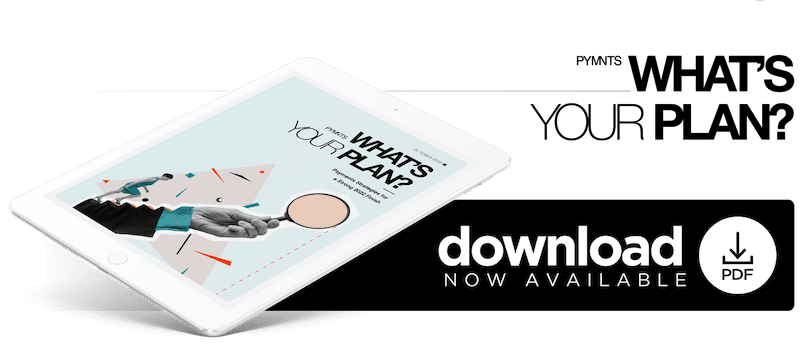Paving the Way for Sustained Growth in 2023 and Beyond

During turbulent market conditions, ensuring a strategy that focuses on building a sustainably profitable business is key, Routable VP of Finance Shobhan Agarwal stresses in the new PYMNTS eBook, “What’s Your Plan? Payments Strategies for a Strong 2022 Finish.”
In 2022, economic challenges presented many businesses with difficult decisions when thinking about both day-to-day operations and forward-looking strategy. Higher inflation has the potential to subdue retail interest for the long term, which could have deeper negative consequences for the overall economy. And rising interest rates, structured to curb inflation, have made it difficult for businesses to issue or refinance debt to boost liquidity. The last quarter of 2022 will be a chance to prepare for potential hurdles in 2023 and strategize for sustainability and growth in the years beyond.
Uncertainty is here to stay, perhaps even deeper than expected. For example, this year has brought attention to something that was previously overlooked in the past: a sharp focus on expenses. During the pandemic, most businesses initially dedicated their time to navigating completely uncharted waters, and rightfully so. But after grossing higher revenues, skyrocketing valuations and increased investor interest, businesses shifted their focus to accelerating revenue to capture valuation upside, often over more sustained spending trends.
However, as economic uncertainty increased, investors quickly pivoted to profitability, leaving little time for businesses to change track — hence the wave of cost-cutting and resource optimization. With prolonged periods of economic downturn, businesses will need to keep a “hawkish” track on expenses. Having a “scrappy” mindset is no longer just for early-stage startups. Firms of all sizes will need to adapt in order to do more with less or at the very least spend only as needed.
It is not uncommon for companies to take cost-cutting measures when faced with sudden changes to macroeconomic conditions. Unfortunately, knee-jerk reactions such as slashing spend can upturn years of momentum, impact company culture and disrupt product development roadmaps. Instead, apart from pure cost control, businesses need to place a higher emphasis on identifying areas for productivity improvements. This is not an easy task, especially as many businesses are still struggling with labor and supply shortages and defining productivity in a remote and hybrid culture.
Enhancing productivity can be critical to uncovering pockets of opportunity and avoiding continuous cost-cutting measures. Realizing productivity improvements will also benefit businesses in achieving long-term goals, not just serving as a lifeline to weather the current economic storm.
At Routable, our organization is focused on increasing the productivity of finance teams across many different verticals and segments. Our belief is that by delivering value through productivity improvements, not only will we strengthen our relationships during economic uncertainty, but we can provide long-lasting returns on investment for our customers.
During turbulent market conditions, ensuring that the strategic vision of the company focuses on building a sustainably profitable business is key. The first aspect of executing this vision is to build enough liquidity to withstand a potential 12 to 18 months of economic uncertainty through equity or debt funding. Even though building liquidity may be expensive, investors are searching for opportunities to invest in businesses that can sustain growth in any economic climate.
Having a well-developed business plan and a path to profitability will help by bringing more clarity to future actions and also by avoiding the pitfalls of “growth at any cost.”

